Destination power the only solution
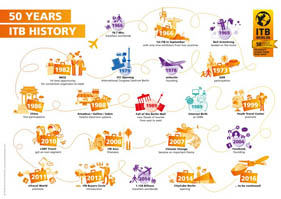
After 50 years of ITB destination tourism businesses should integrate before they get integrated
Once upon a time a long, long time ago (well 50 years ago, actually, when the first ITB happened) tourism was very simple.
At that time, in 1966 there were about 50 million international tourists and on the whole they went to a few tourist hot-spots for sun, sand sea and that other S. They also, of course did more modern versions of the grand tour for culture and explored unexplored places for adventure.
In the destinations everybody in the tourism business – the hotels, restaurants, gift shops, tourism attractions – knew each other, and, on the whole when they went out looking for business they hunted in packs. In any case in the destinations there was a regular pattern of routes that the tourists followed so tourism was fairly easy to see. You could say that the destination tourism families were in charge of their tourism and the business was largely operated to suit them. At that time there were much shorter seasons allowing hotels to close for annual refurbishment, staff to take holidays, and there was the money to do all this.
On the whole, tourism was a great boon to local populations providing jobs and opportunities. Particularly in Europe, which was just recently recovering from the chaos of war, and in the USA, which was then experiencing the beginning of a great economic boom.
Of course this tiny tourism flame was spotted and fanned… by tour operators and airlines who saw a big marketing opportunity, and by banks, NGOs and governments who saw the opportunity for dramatic economic development.
And, as the tour operators contracted lower and lower prices and longer and longer seasons, the banks financed more and more mass tourism destinations. The World Bank, in particular was active in this endeavor assisting in creating whole big new destinations all over the world. Morocco, Tunisia, Bali, Turkey, Thailand, Mexico, Dominican Republic, Kenya, the Gambia etc etc
The key to this mass development of tourism was, of course, international money. Of course there was local investment in the big brand hotels, but on the whole tourism lost its cottage-industry ethos and the power in the destinations moved from local families to international interests.
Potential tourists now had a choice -high quality exotic experiences for a low price, or even higher quality exotic experiences for an even lower prices.
On the whole, the tourist’s relationship with the destination was lost in favour of the tourist’s relationship with the best price performing tour operator.
Subsequently, as international tourist numbers increased even further – who would have believed that annual carryings would have increased from just 50 million to over a billion in this short 50 years – the marketing of tourism has largely been taken over by the Online Travel Agents (OTAs) who distribute their offers powerfully, globally, digitally.
This has had an even more potent effect, dramatically increasing tourism’s mass market and seriously affecting prices. There is a fundamental market pressure on tourism suppliers both to reduce the prices they charge – and to increase the charges they pay to the OTAs to market their offers.
So, whereas 50 years ago the marketing of tourism was largely in the hands of destination tourism ‘families’ and local and national government functionaries in the form of regional and national tourist boards – now tourism marketing is in the hands of the OTAs (and, to a lesser extent tour operators, airlines, hotel groups and cruise companies).
The key common link behind all these powerful organizations is the fact that they are $billion global organizations with $billion profit forecasts to reach.
If you believe in the power and generosity of the marketplace above all, this is a good thing. If you work in a destination as a tourism, or tourism-related business and see your ability to manage your own product eroded and your profits at the beck and call of the OTAs and their market ethics it is almost certainly not a good thing.
Moreover, in many destinations tourism is overheating – too many tourists, too few benefits for locals (who after all really own the destination).
And we are now entering an era where tourism (and tourists) may be asked questions about the emissions created as a result of their activities. After all tourism currently represents about 8% of the effects of emissions – and the industry is still dramatically increasing.
So maybe the writing is on the wall.
Anyone who works in a destination, running an hotel or B&B, a tourist attraction or restaurant must now recognize the following:
1. The OTAs through their algorithms and massive payments to Mr Google now control global marketing distribution of hotel beds. Their profits depend on a formula of how high the % they charge hotels x how many bookings they get. Not enough, they’re dead. To do this they will use every trick in the book from datacapture to marketplace manipulation to extra charges for more exposure. They will expand their services to offer whole destination solutions including hotels, restaurants, guided tours, tourism attractions and more – simply to dominate the industry and to maximize their profits.
2. The tour operators already offer complete destination solutions and, of course they need to market these offers in a more and more difficult marketplace. The money for their marketing comes from their profits, the money for their profits comes from the difference between what they charge the client and what they pay the supplier, so their interest is in paying the minimum and charging the most. The OTAs make sure that marketplace prices are low therefore the tour operators have little to do except pay less.
3. The cruise companies (the biggest emitters per passenger by a country mile, by the way) have businesses that are increasing substantially year on year. This is largely due to low fully-inclusive prices. How do they do it and make big profits for their shareholders? You may ask… On board sales including port excursions. So, their interest is in getting maximum prices and uptake of excursions and paying the very least of that to the people who operate these excursions in the destinations. So cruise companies get a lot, destinations get a little. In this way Venice and Florence and Rome and Barcelona and Dubrovnik and the Caribbean Islands are flooded with tourists who have already spent most of their holiday money somewhere else.
So, let’s face it the OTAs, the tour operators and the cruise companies OWN the tourist relationship. Destinations are only the places these tourists visit.
If you’re a destination tourism business it’s a bit galling – after all you are the one with the skin in the game, you are the one that the tourist wants to visit – after all the intermediary is only the facilitator.
This is also another challenge. The intermediary has no skin in the game, no real commitment to any destination therefore vast amounts of freedom. The intermediary can direct ‘their’ tourists and their marketing where they want to. The intermediary can play destination against destination, hotel against hotel … all in the interests of more profit.
So, what can be done? How can destination tourism businesses become sustainable economically, culturally, socially and environmentally against this global market background?
How can destination businesses to cut out the middle man, use the intermediary costs to both increase profit and to offer a better proposition to potential visitors.
How can destinations wrest control of the market from the intermediaries, or at least have a mutually beneficial relationship of equals with them?
The key is in addressing the marketplace directly, more effectively than through intermediaries and to do this the destination tourism businesses need to integrate.
- Integrate to understand the destination’s full strengths and weaknesses and its market opportunities
- Integrate to create a cohesive entity and a powerful brand
- Integrate to create offers and events incorporating destination businesses
- Integrate to create and market offers directly relating to destination needs
- Integrate to create a one-stop-shop to make it easy and simple for visitors to visit
- Integrate to extend and manage the visitor relationship
- Integrate to create and manage a destination which is sustainable economically, culturally, socially and environmentally
- Integrate to be able to negotiate from a position of strength
After all, integration is exactly what the intermediary offers – a one stop marketplace where destination businesses pay for exposure. For this they charge substantial commissions which would be much more effective benefitting destination communities rather than intermediary shareholders.
This current global tourism marketing situation combined with the need to manage emissions and resources , is making available a great swathe of massive opportunities…
SustainableTourism2016 sets these challenges out in detail in its folio and vodcast – and offers the opportunities with updates on a weekly basis.
Make sure that you get yours now… find out more at:
TOTEMTOURISM and join the experiential hands-on Green Tourism Seminar in Italy this autumn
 United Kingdom
United Kingdom United States
United States Asia Pacific
Asia Pacific


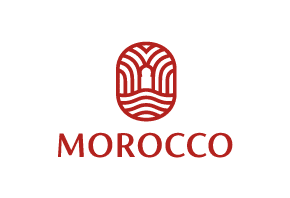

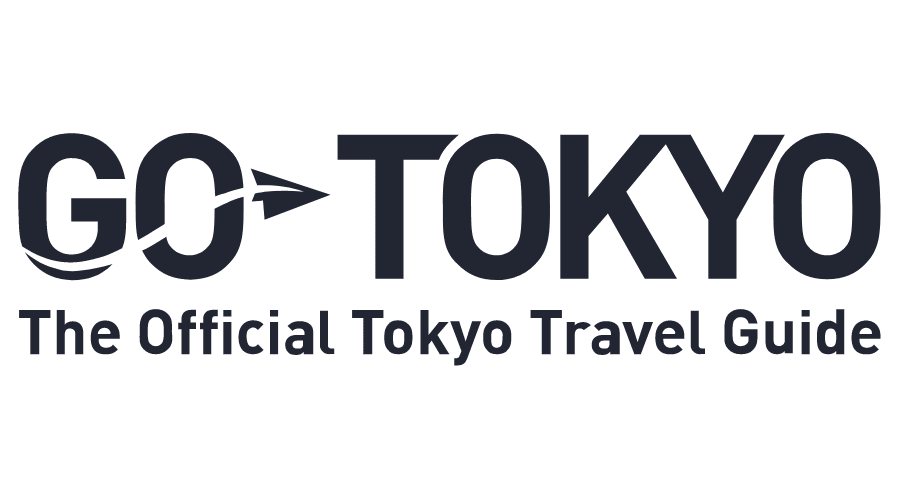




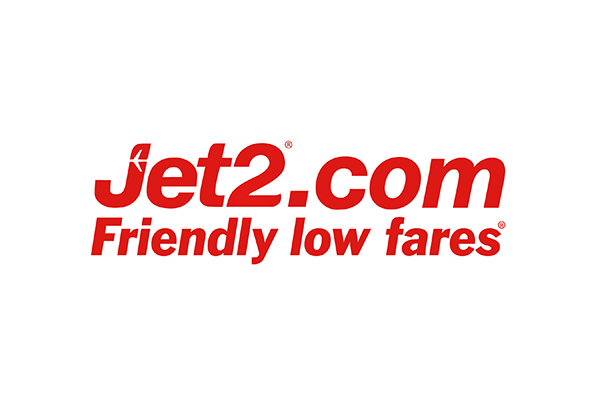
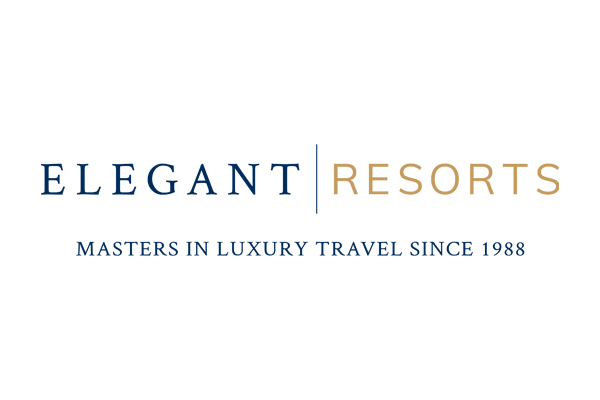

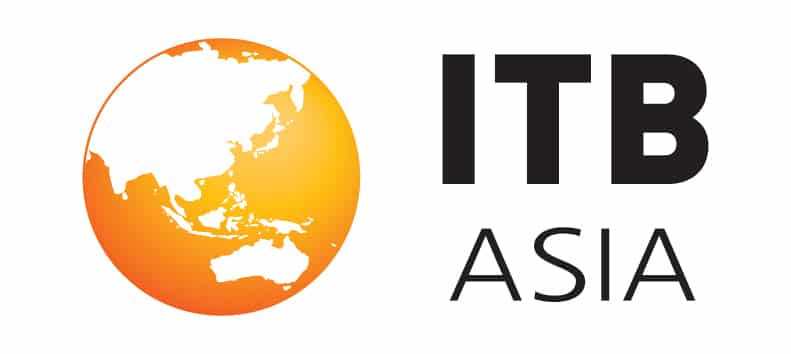




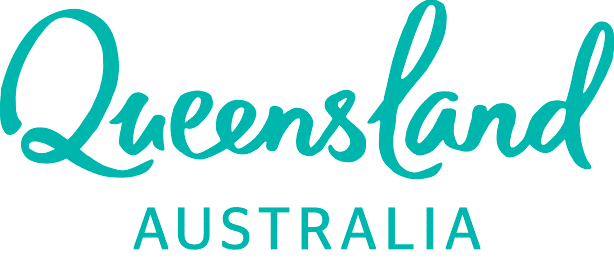


























BA suspending all Heathrow to Abu Dhabi flights
Unexpected wave rocks cruise ship
Report: Cruise guest died after ship lashed in heavy storm
British teen in serious condition after paraglider collision
JetBlue scraps London Gatwick flights